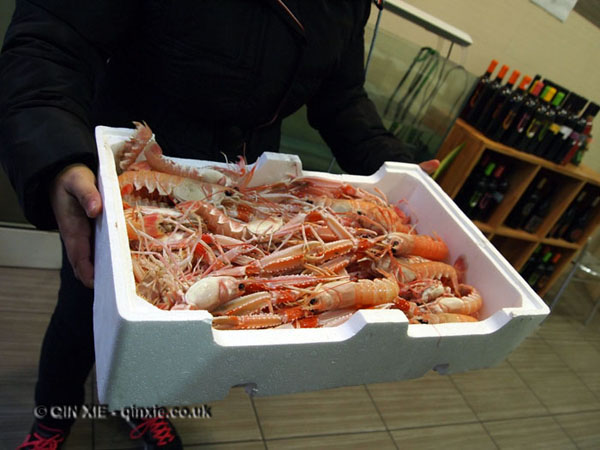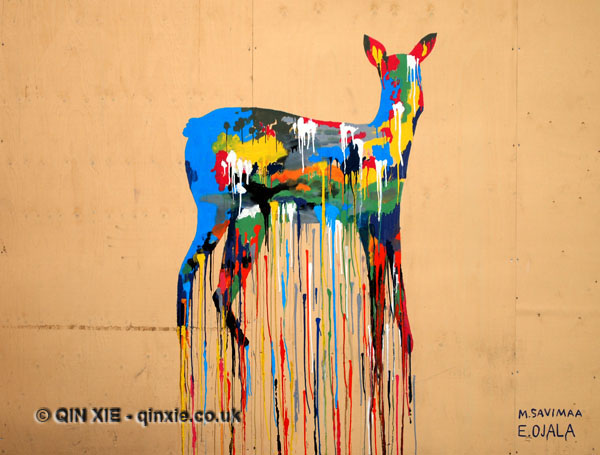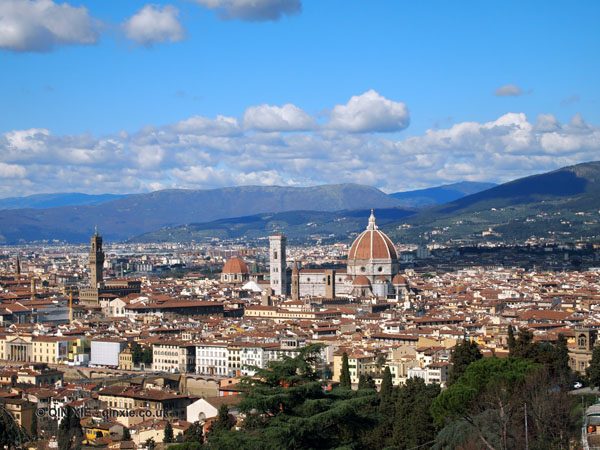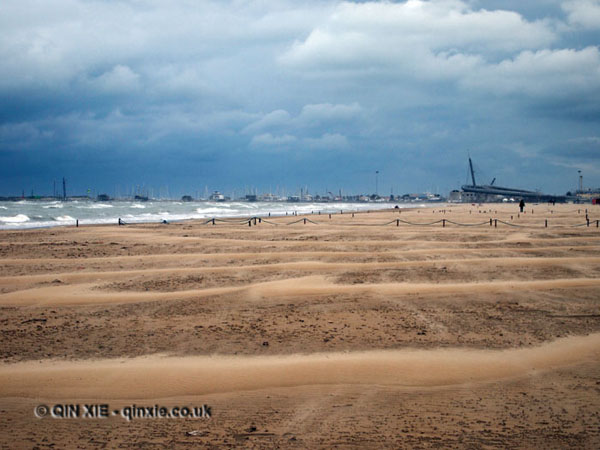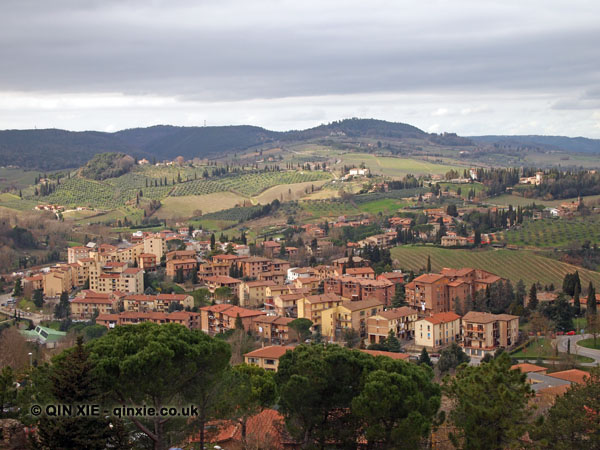Ten food reasons to visit Abruzzo
Located on the eastern coast of Italy, Abruzzo is the meeting point of northern and southern Italy.
The majority of the region is mountainous and heavily focused on agriculture, with the larder boosted by seafood coming in from the Adriatic. Olive trees are everywhere, as are vineyards, but you’ll also find some more unusual produce like chilli, saffron and liquorice.
If you’re travellng for food, here is a short guide to some of the things that you must make time for in Abruzzo:
Peperoncino
One thing that identifies Abruzzese cuisine as southern Italian is the use of chillies.
In the mountainous regions, chilli, or peperoncino, is often pickled to be enjoyed in the winter. So popular is the plant in fact, there’s a whole festival dedicated to it in the town of Filetto.
Cheese
The popularity of sheep and goats as cattle means there’s an abundance of milk; and what better way to use up the excess than to make cheese?
Pecorino, scamorza and ricotta are the main cheeses produced in the region and are used in local dishes such as fiadone (pastry with an egg and cheese filling) and pallotte cace e ove (fried cheese and egg balls in tomato sauce).
Cured meats
Like other regions, there are cured meats such as prosciutto and mortadella in Abruzzo but what really stands out is the ventricina.
There are two types of ventricina – vastese and teramana – from two different areas and both are spicy. Ventricina vastese is more fatty and aged, while ventricina teramana is leaner and spreadable.
Wine
Wine is one of the major contributors to the Abruzzese economy.
The red wines are mainly made from Montepulciano d’Abruzzo, an indigenous grape variety that gives the region its first DOC (designates origin of produce).
There are also other varietal specific wines (made with only one grape variety) worth exploring like Pecorino, Trebbiano and Moscatello di Castiglione.
Liqueurs
As well as wine, Abruzzo also produces a number of liqueurs such as Centerbe, Aurum and Ratafià.
Centerbe, made with a secret recipe of aromatic herbs, is often drunk as a digestif. Aurum, made with oranges and brandy, is generally enjoyed with desserts such as parrozzo. And Ratafià, made with black cherries, is syrupy and sweet.
Alcoholic desserts
Alcohol is used in desserts too. There are two that you must try, the parrozzo mentioned above and pizza dolce Abruzzese.
Pizza dolce Abruzzese is as ostentatious as they come, with layers of liqueur-soaked sponge cake, cream and toppings of coloured sprinkles. Parrozzo on the other hand is a much more demure dessert – golden domes of almond cake is topped with tempered chocolate and served with Aurum flavoured cream (think cognac cream).
Navelli, l’Aquila
The small town of Navelli in l’Aquila produces two big ingredients – saffron and chickpeas.
In fact, saffron has been produced in the region for so long that some would like to contend risotto Milanese (flavoured with saffron) in fact came from Abruzzo.
Chickpeas on the other hand is perhaps much less well known but it’s often cooked with saffron in dishes such as saffron and chickpea soup.
Trabocchi
Traditionally, fishing in the region was done on a traboccho (trabocchi is the plural). These are fishing huts that are built out in the coast and sit on stilts over the water.
While some fishing is still done this way, fishermen have also opened up their trabocchi for tourists and there’s nothing quite like enjoying freshly caught fish right out on the waters.
Baccalà
Baccalà, or salted cod is a popular way of preserving fish in Abruzzo. It used to be called “the poor man’s meat” but these days it’s more of a delicacy.
At local restaurants such as Locanda Manthonè, you can even have a whole tasting menu dedicated to the fish but even more impressive perhaps is the festival dedicated to baccalà in Sant’Omero.
Maccheroni alla chitarra
No Italian cuisine would be complete without pasta and Abruzzo has its own regional speciality – maccheroni alla chitarra. It’s not so much what’s in it but rather how it’s made.
Rolled sheets of pasta dough are laid on to a special device with finely strung strings then a rolling pin passes over the dough to push it through the gaps between the strings, creating a thin, spaghetti-like pasta.
Getting There
There are regular flights from London Stansted to Pescara in Abruzzo or alternatively you can fly into Rome and drive over (around three hours drive). Check Skyscanner* for the cheapest fares.
Staying There
Abruzzo is a fairly big region but it only takes an hour or so to drive from the coast to the mountains. Chieti is an old town by the sea and makes a great base or the nearby city of Pescara, said to be Italy’s equivalent of Newquay in the summer.
